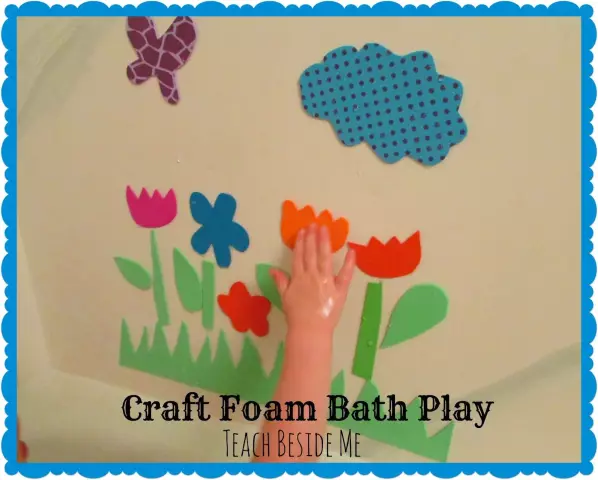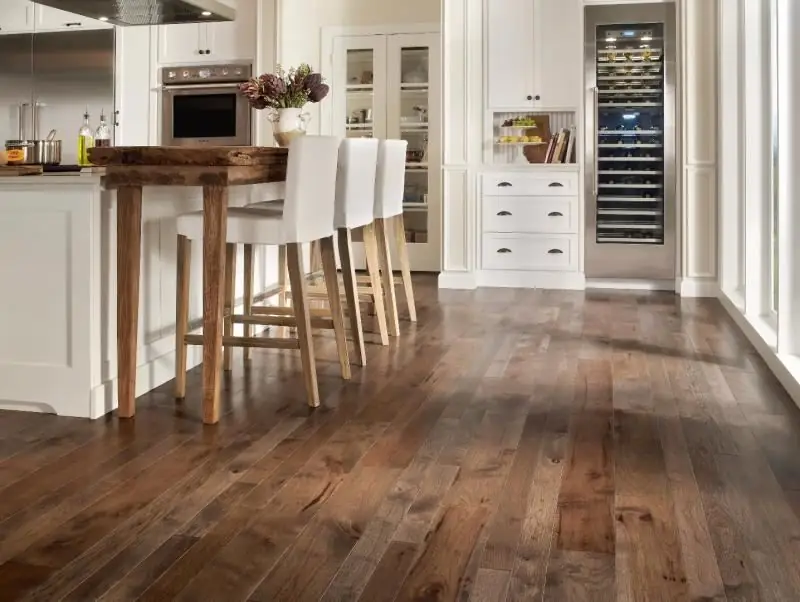
Table of contents:
- Author Bailey Albertson [email protected].
- Public 2023-12-17 12:53.
- Last modified 2025-06-01 07:32.
Let's talk about feminine: reusable sanitary pads

While reading the phrase "reusable pads", some of the readers may have recalled with horror the simple designs that women used during the Soviet Union to protect themselves from leaks. But now ingenuity and technology have gone much further - modern reusable products are much superior to their old counterparts.
Content
-
1 What are reusable pads
- 1.1 Types of products
- 1.2 Are disposable pads better?
-
2 How to make DIY reusable pads
2.1 Video: how to sew a gasket
- 3 Reviews of women
What are reusable pads
Reusable female pads are not an innovation - they have appeared in one form or another since people learned to sew. But now there are much more comfortable and high-quality models than our mothers and grandmothers could imagine. This is no longer a piece of fabric stitched with padding polyester and plastic wrap. What are modern reusable pads?
The design of these products is quite simple. The top layer, adjacent to the body, is usually made from a natural material such as bamboo fabric. Underneath is an absorbent layer - usually thick microfiber. The outer layer of the pad is made of breathable fabric. The shape of a reusable product is similar to a disposable one, but instead of an adhesive layer, its "wings" are equipped with buttons, buttons or other fasteners for attaching to linen.

Patterns and colors of reusable pads are limited only by the imagination of manufacturers
Using them is no more difficult than regular laundry, except that you have to wash them more often. Reusable pads are usually purchased in several pieces so that there is a "change". The product is attached to the linen, and after a few hours (from 3 to 7, depending on the intensity of the discharge), it is removed and washed, and the following is attached to the linen.
Types of products
By design, all reusable female pads are the same. The difference between them can be in:
- material. The layer adjacent to the body is almost always made from natural materials (silk, washed cotton, bamboo). But the outer one can be made of both natural fabric and synthetics. If you are prone to irritation, it is best to opt for all-natural products. Although they are more expensive, there will be less risk of damaging the skin of the inner thighs;
- clasp. Reusable pads are usually attached to the laundry using buttons or Velcro. What is more convenient for you - choose yourself. "Velcro" can rustle a little when worn (like a disposable pad), and buttons in an unsuccessful sitting position can significantly press on the skin;
- form. Like disposable pads, reusable pads vary in shape and size. Large products that completely cover the perineum from the pubic bone to the coccyx are suitable for night use. The standard medium size is the best choice for the day. Well, those who want to replace their daily pads with reusable pads can choose the smallest models.
Are disposable pads better?
Reusable pads have several advantages over conventional disposable ones:
- hygiene. Of course, disposable pads are perfectly hygienic when used correctly. However, they cannot "breathe" like reusable ones - the dense layer does not allow leakage. And manufacturers often add some fragrances to them that irritate the skin and mucous membranes. On average, reusable pads are much less likely to disturb the microflora of the vagina;
- saving. Now one reusable pad costs about 200 rubles - that is, about the same as a pack of 16 disposables. To safely change and wash them, you need about 4-6 pieces. Yes, this is the average cost of disposable pads for half a year. But reusable ones can last you a year or longer;
- environmental friendliness. Both the disposable pad and its packaging (both individual and general per pack) are a huge pile of polyethylene, which, as we know, decomposes very slowly. A reusable pad not only degrades well, but also lasts a long time, and therefore the harm caused to nature will be reduced.
But disposable pads have their own advantages. Firstly, they are much easier to buy - every supermarket, pharmacy and cosmetic store will definitely have a stand with women's pads of various types. You will most likely have to order reusable pads from another city or do it yourself - which, you see, is more difficult than going to the store and buying a pack of disposable ones. Secondly, classic pads are easier to use when traveling. If you do not have the opportunity or time to wash a reusable product, then the benefits from it are reduced to zero, and you have to resort to the usual disposable ones.
How to make DIY reusable pads
If you do not have the opportunity to buy reusable pads or you just want to sew them for yourself yourself, then here is a step-by-step instruction:
-
Choose the right material. On the Internet, you can find many options for which fabric is better to use - read, experiment. Below are the most popular materials.
- Natural fabric is a must for the top layer. Charcoal bamboo works best, but you can use cotton flannel, velvetine, plush, even silk. For the inner layer, a plain fabric is usually taken - white or black. Make sure the ingredients are 100% natural - this is very important.
- Choose a thick and soft microfiber for the absorbent layer - you can even buy a household cloth of the right thickness.
- The outer layer is less demanding - it can be any fabric you like. The main thing is that it does not slip, so satin, silk and the like immediately disappear. Choose a drawing that you like.
- Do not forget to choose a mount - Velcro or buttons.
-
Now we need a pattern. You can use the pattern suggested here, or you can make your own. Use a tape measure to measure the distance to be covered by the spacer and determine the appropriate length for the product. Draw the desired length for a tapered bob in the center. Draw "wings" to it from the sides. The length of each "wing" should be more than half the width of the center of the "bob" - if the "wings" are bent towards the center, they should overlap.

Gasket pattern This pattern is suitable for everyday use - it is better to make the night pad longer
- Cut the top and outer layers along the pattern. Then cut off the "wings" from the pattern so that only the "bob" remains. Cut out several (2-4, depending on the intensity of the discharge) pieces of the "bob" from the absorbent cloth.
- Sew absorbent elements around the edge. You should have a puffy absorbent liner.
- Sew the liner to the center of the top layer.
- Apply the bottom layer to the top layer so that the absorbent core is on the outside. Stitch the bottom and top layers around the edge, leaving a 10 cm hole.
- Unscrew the gasket through this hole. The absorbent insert should be inside.
- Blindstitch the remaining 10 cm.
- Attach the selected mounts to the wings.
Video: how to sew a gasket
Reviews of women
Women's reusable pads can be a worthy alternative to disposable pads. And if you master their manufacture, you can create products for yourself personally - according to your needs and taste.
Recommended:
Do-it-yourself Bath From Blocks - Expanded Clay Concrete, Gas Silicate And Others - The Pros And Cons Of The Material, Step-by-step Instructions With Photos, Videos And Project Dra

How to build a bath from expanded clay concrete blocks. The choice of materials and construction of the bath. Step-by-step instructions for the installation and decoration of a concrete block bath
How To Choose A Laminate For The Kitchen: Types, Pros And Cons, Recommendations, Reviews, Photos Before And After Installation

Advantages and disadvantages of laminate flooring in the kitchen, as well as the rules for choosing and maintaining flooring. Features of kitchen design with laminate
"Pro Plan" Food For Cats And Kittens, Sterilized Animals: Overview, Composition, Range, Pros And Cons, Reviews Of Veterinarians

Is the Proplan food useful for cats? Does it suit all pets? What is included in the feed
"Whiskas" Food For Adult Cats And Kittens: Review, Composition, Range, Pros And Cons, Reviews Of Veterinarians And Owners, Comparison With "Friskas"

What the Whiskas food contains. Can I give it to animals. Is it worth changing the feed "Whiskas" to "Friskis"
1st Choice "Fest Choice" Cat Food: Review, Composition, Range, Pros And Cons, Reviews Of Veterinarians And Owners

How useful is the First Choice food for cats? What types of products are represented in the line. How much food costs and where can you buy it
